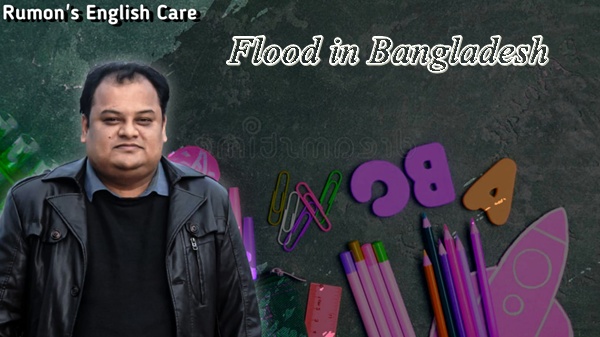Flood in Bangladesh
Flood in Bangladesh [300 Words]
Bangladesh is a riverine country, and floods are a common natural disaster here. Every year, during the monsoon season, heavy rainfall and river overflow cause severe flooding. Due to its geographical location, Bangladesh is highly vulnerable to floods. Rivers like the Padma, Jamuna, and Meghna swell up, submerging vast areas of land. Sometimes, flash floods occur suddenly, causing immense damage.
Floods bring enormous suffering to people. Villages and cities get submerged, forcing people to leave their homes. Many lose their belongings, and some even lose their lives. Farmers suffer the most as their crops and livestock get washed away, leading to food shortages and economic losses. Roads and bridges are damaged, disrupting communication. Additionally, floods lead to outbreaks of diseases like cholera, typhoid, and diarrhea due to contaminated water.
However, floods also have some positive effects. They make the land fertile by depositing silt, which helps in agriculture. But the destruction they cause is far greater than their benefits. The government, NGOs, and international organizations provide relief, such as food, medicine, and shelter, to affected people.
To prevent flood damage, we need to take steps like building embankments, improving drainage systems, and implementing early warning systems. Plantation of trees along riverbanks can also help in flood control. Public awareness and emergency preparedness are essential to minimize losses.
Floods are a recurring problem in Bangladesh, but with proper management and preparedness, we can reduce their impact and protect lives and livelihoods.

